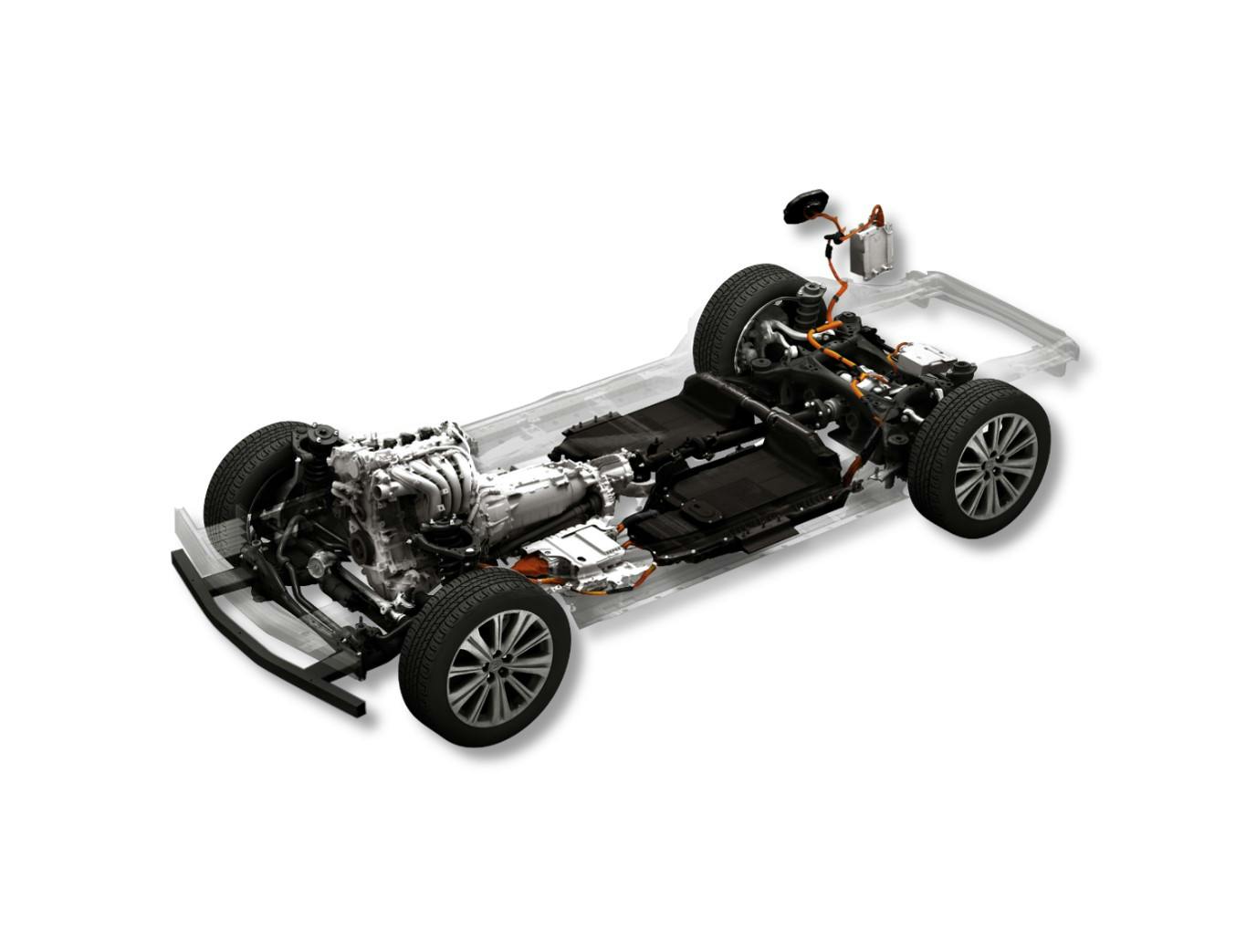Mazda has announced its revised electrification strategy as part of its Sustainable Zoom-Zoom 2030 plan, which itself is a component of the brand’s goal to become carbon neutral by 2050. This new initiative will see the continued development of internal combustion engines alongside the introduction of electrified powertrains, enabling Mazda to offer varying degrees of electrification for every consumer requirement.
Along with the new inline-six that will be used on larger vehicles, a battery-electric vehicle-specific platform called the Skyactiv-EV architecture will be added sometime between 2025 to 2030. We’re suspecting the latter is Mazda’s version of the e-TNGA platform that Toyota is codeveloping as part of the EV C.A. Spirit Co Ltd., which also includes Mazda and Denso. That partnership has since expanded to include more Japanese brands including Subaru, Suzuki, and Daihatsu.
In total, Mazda will introduce 13 electrified vehicles globally. They’re split into five hybrids, five plug-in hybrids, and three EVs. The hybrids will include models that use Toyota Hybrid System II. Key markets for the new electrified vehicles include the U.S., Japan, Europe, China, and Southeast Asia. By 2030, Mazda expects its lineup to be 100 percent electrified with EVs making up 25 percent of the ratio.
Mazda intends to bring the first version of its Co-pilot concept for autonomous driving into the market by 2022 on a new vehicle underpinned by its new large car platform. The system monitors the driver’s condition at all times and will quickly go into an autonomous driving mode to bring the vehicle to a safe place in case of an emergency. Over-the-air (OTA) updates will also be added to quickly get software updates to its new vehicles, which will also get a new electrical system with faster processing speeds. Mazda is also working alongside five other OEMs in Japan to develop a single standardized connected service.
At least in the U.S., we’re suspecting that the electrified Mazda models not using the Toyota Hybrid System II powertrain will retain the Skyactiv-G engines. The 2.5-liter four-cylinder in both naturally aspirated and turbocharged guise is likely to remain with the former being the foundation of at least one hybrid system. Mazda’s upcoming inline-six family, which includes Skyactiv-G, Skyactiv-D, and Skyactiv-X compression ignition versions, will likely be the new range-topping motor for cars on the new longitudinal large platform. The naturally aspirated version of the upcoming six-cylinder Skyactiv-G could be the basis for another in-house-developed hybrid system.
The first of Mazda’s hybrids for the U.S. is likely the model that will be built at the Huntsville, Alabama plant. This model will use a Toyota-sourced hybrid system, which we think will be either the 2.5-liter- or 2.0-liter-based unit. Mazda is reportedly putting this vehicle on a five-seat mid-size crossover that will slot between the CX-5 and CX-9. Think of this as a competitor to the likes of the Hyundai Santa Fe and Subaru Outback.
Vehicles on the new rear-drive-based platform will follow by 2022. Those are likely getting the four- and six-cylinder-based plug-in hybrid system, the latter of which could serve as the range-topping model. An upcoming three-row crossover aimed at the Kia Telluride is one of the vehicles destined to get Mazda’s new inline-six in both standard and electrified flavors.
Later this year, Mazda will finally bring the MX-30 to the U.S. The all-electric version will launch first and be available only in California before a broader rollout occurs. In 2022, the plug-in hybrid variant of the MX-30 will join the lineup featuring a rotary engine as a generator. Unlike most hybrids, the MX-30 PHEV is a series hybrid, meaning the electric motor is solely responsible for motivating the vehicle.

